Ever since its debut in 1986, the BMW M3 has been an iconic part of the sports car world. Originally introduced as a homologation special to satisfy the Deutsche Tourenwagen Meisterschaft (DTM) and Group A Touring regulations, the M3 was literally bred to be a menace on the race track.
It is undeniable to say that over the last 35+ years, the BMW M3 has changed quite substantially. Depending on who you ask, its evolution is either one of the best things BMW has done, or is utterly disappointing. Despite any opinions that we may have based on our own personal experiences, our goal here is to help give you the best, most unbiased perspective on which M3 you should buy if you’re in the market for one.
Due to differences in the European vs North American market BMW M3s, this article is going to mainly focus on the US version of each M3. That being said, we’ve made some notes on what the differences are between markets for you, too. Just in case you’re interested in going through the process of importing something like an EU market E36 M3 to beat the system.
So if you’re looking to pick up an M3 for yourself, or you’re simply interested in learning what makes this iconic sports car so interesting, keep reading as we show you what makes each generation so unique.
6. BMW E36 M3
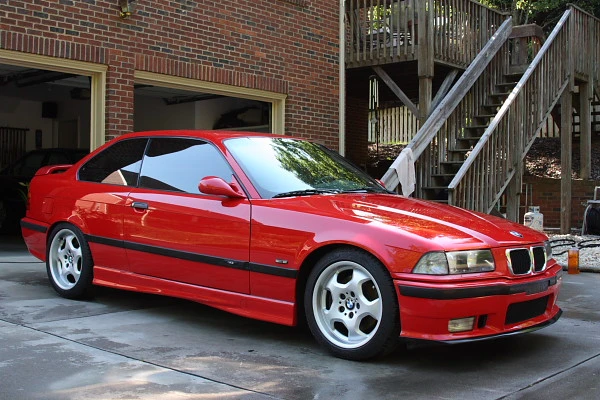
The E36 M3, produced from 1994-1999 in the US and 1992-1999 in the rest of the world, comes in last place. The E36 M3 is a pretty tricky car to define, simply because of the differences in the M3s sold in North America vs Europe, as well as the major changes that took place when the car was facelifted.
At its debut in the US market in 1994, the E36 M3 came right out of the gate with a major change from its predecessor by featuring a six-cylinder engine, as compared to the four-cylinder engine in the E30 M3. This new inline-6 was called the S50B30US, and it made 240 bhp and revved to 7,000 RPM with its 3.0 liters of displacement, as suggested by the “B30” in the name.
For what it's worth, 240 bhp doesn’t sound bad, especially for the mid-1990s. The problem is that the rest of the world just got it so much better than the US. To add insult to injury to those in the US, when time came to facelift the E36 M3 in 1995, North American M3s were outfitted with BMW’s brand new S52B32, which still continued to make 240 bhp and was largely similar to the non-M M52 engines.
So, how does the E36 M3 hold up by today’s standards? Well, they’re definitely the most affordable. An M3 in pretty good condition can be had for anywhere from $12,000 to $20,000. For the most part, they’re quite reliable too as long as you treat them right. Despite being ranked on our list as the “worst” BMW M3, these cars are still fantastic and have plenty of character. Unfortunately, their performance figures just make it an easy loser compared to any of the other M3s that BMW has cooked up.
5. BMW F80 M3
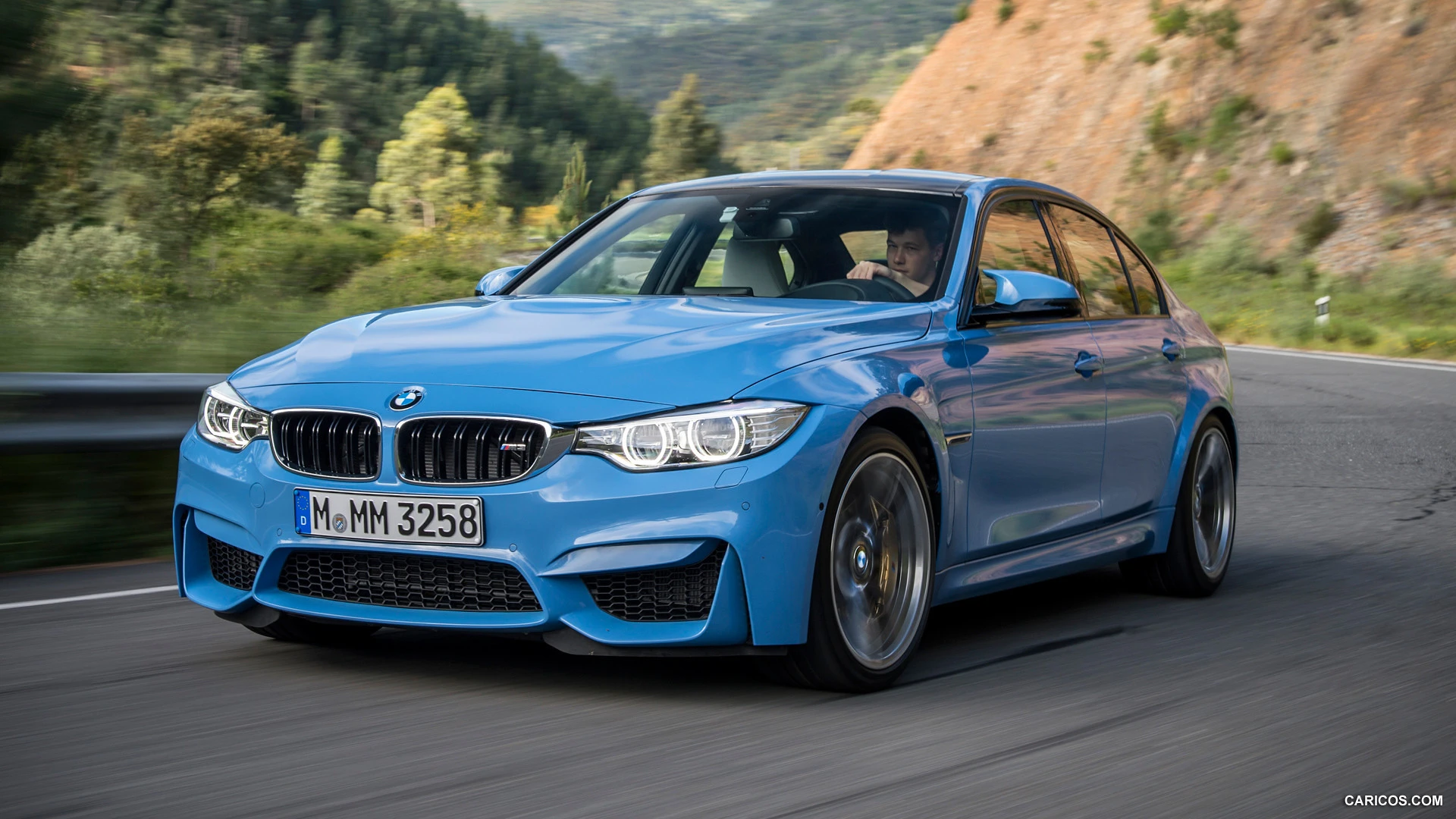
The F80 M3 (or F82 M4 for the coupe) debuted in 2014 and featured the S55B30T0, a 3.0 liter twin-turbo inline-6 producing 425 bhp and 406 lb-ft of torque. The F80, while not the first BMW to have a turbocharged engine, was the first M3 to be turbocharged. The success of the N54B30 and N55B30M0 in the prior generation’s 335i model proved that adding a turbocharger to BMW’s tried and true inline-6 was the logical next step in designing an M3 that was truly on the cutting edge.
F80 M3s were, and by all accounts still are, seriously fast. With the M-DCT transmission, Autoweek was able to achieve a 0-60 time of 3.9 seconds. Even in an age of insanely high-powered electric cars, the F80 M3 is still no joke. Part of this car’s rapidness is thanks to weight saving measures taken by the engineers at BMW to keep the weight down despite the bloating of all cars in recent years. A carbon-fiber reinforced driveshaft helps to bring in a 40% weight reduction from the steel driveshaft of older M3s.
One of the main reasons you might consider an F80 M3 over something like an E90 is due to the engine itself. The turbo inline-6 features some serious torque improvement compared to the S65B40 in the E90 M3, and has also been around for long enough now to have been proven to be a reliable motor. It might not have the same beautiful V8 sound, but it definitely means that the F80 M3 is a much better candidate for a daily driver, if that’s what you’re looking for.
4. BMW G80/81 M3
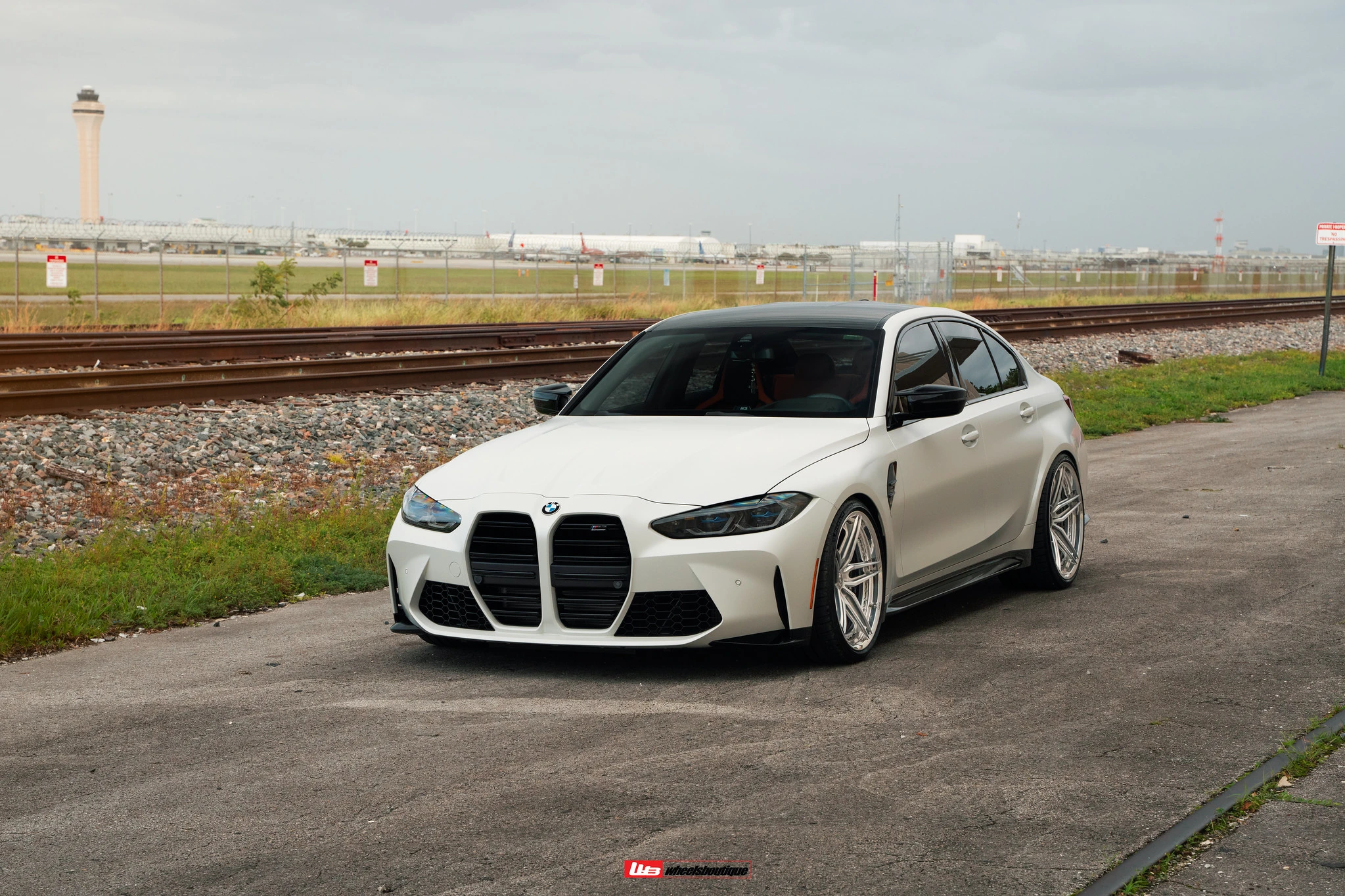
BMW’s most recent installation of the M3, the G80 (G82 for the coupe), is not too unlike its predecessor. The G80 has definitely stirred up a good bit of controversy due to the massive front grille. A lot of people, because of this one detail, will go on to claim that the car is garbage. While looks are definitely a factor in buying any car, we recognize that looks are also extremely subjective, and as a result they don’t play a significant enough role here that would result in it moving up or down a place on our list.
The G80 M3 boasts another iteration of the turbocharged inline-6 formula that BMW has grown so accustomed to recently. In the base M3, the S58B30T0 makes 473 bhp and 406 lb-ft of torque, which is a decent upgrade from the F80 M3. So what makes the G80 a better M3 than the F80? For us, it's the tuning potential that really separates the S58 from the S55. Even with the car having only been out for a few years, some tuners have already been able to extract a staggering 670 whp from the S58, with nothing but E85 and a flash tune!
This current iteration of M3 is pretty unique in the sense that buyers get some interesting options that haven’t been seen before on prior M3s. For the first time ever, it is now possible to purchase an M3 wagon, which would definitely make for a pretty fun trip to IKEA or the grocery store. On top of that, you can now also opt for an all-wheel-drive drivetrain. The catch here, though, is that the all-wheel-drive models are limited to the M3 Competition and the M3 Competition Touring, both of which only come with an 8-speed automatic transmission. Those of us who want a manual M3 only have one option - the base M3.
3. BMW E90/92/93 M3
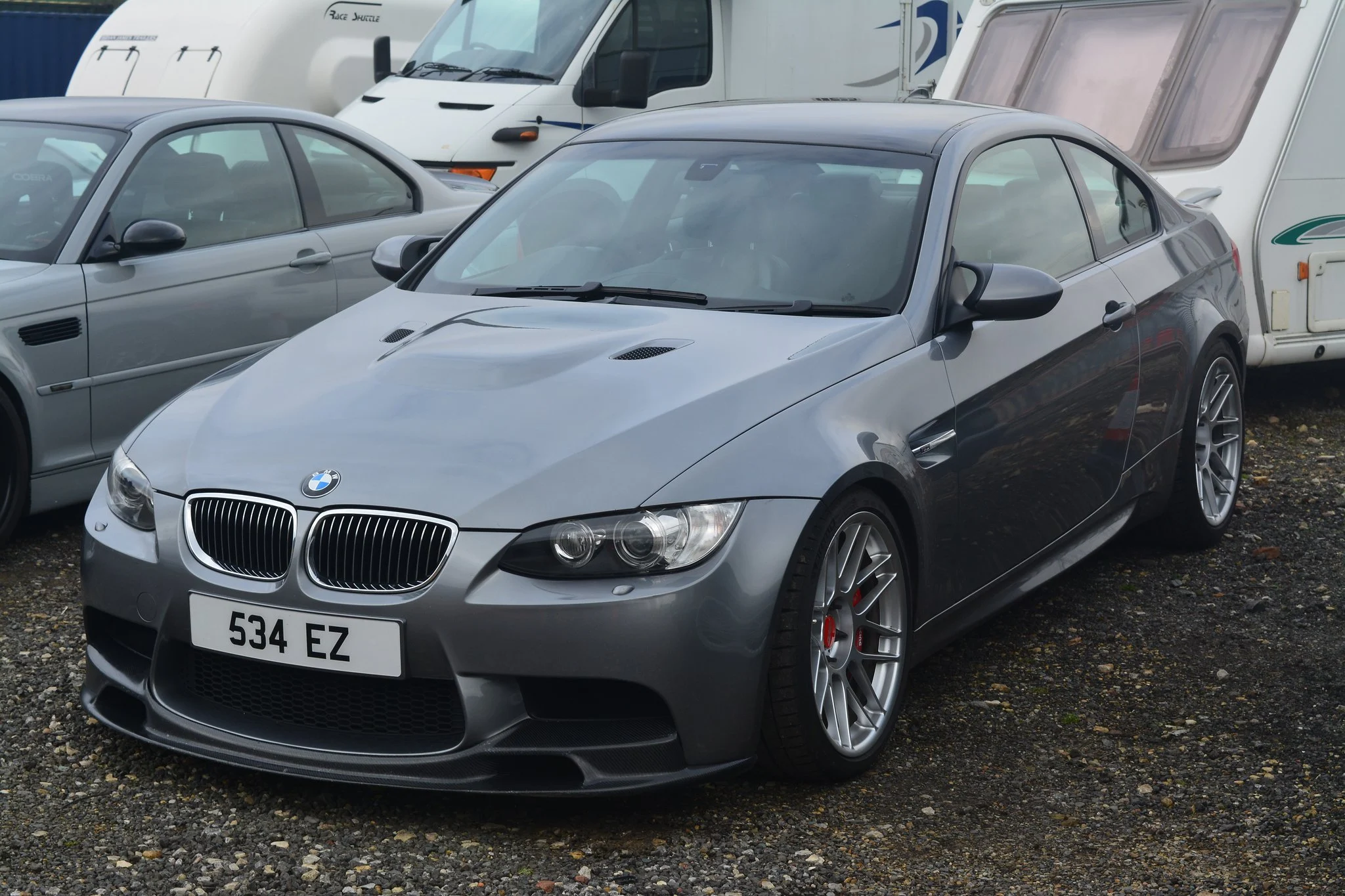
In 2007 at the Geneva Motor Show, BMW revealed a new generation of M3s that would quite literally change BMW M forever. The E9x generation of M3 holds a fairly unique position within the its lineage, since it serves as a sort of inflection point where the M3 began to head in a direction of becoming more of a “designer” car and less of a “driver’s” car. Now, this isn’t to say that the E9x M3 isn’t a fantastic car, it features the S65B40 V8, which screams to an astonishing 8,300 RPM and makes 414 bhp and 295 lb-ft of torque.
Among so many enthusiasts, The E9x M3 is a total dream to drive, both on the street and on track. The high-revving V8 and either the 6-speed manual transmission or the 7-speed dual-clutch transmission makes for a universally loved driving experience. Its performance is proven on track as well. This M3 collected a drivers championship and a manufacturers championship win in the 2012 Deutsche Tourenwagen Masters (DTM) season.
Unfortunately, not everything is sunshine and rainbows with this V8-powered monster of an M3. While not necessarily being too expensive to purchase, often being sold for $35,000 to $45,000, the S65B40 has gotten quite the reputation for a certain set of issues being fairly common and expensive to fix. Both throttle body actuators and connecting rod bearings have a tendency to fail at 50,000 to 70,000 mile intervals, and are quite expensive to have repaired if not being DIY’ed.
2. BMW E46 M3

Among one of the best M3s ever created lies the E46 M3. The E46 M3 was introduced in 2000 and featured the 3.2 liter S54B32 inline-6, which made a whopping 333 bhp, 262 lb-ft of torque, and revved out to 8,000 RPM. At the time, you could purchase the E46 M3 either with a 6-speed manual transmission, or a 6-speed SMG-II, which was a proprietary automated manual transmission BMW developed that created quite a name for itself over the years for its wide array of reliability issues.
Looking past the SMG-II and its notoriety, back when it was released to the public, the E46 M3 quickly became and has continued to remain a favorite among the car community. The E46 M3 was the first M3 to break the 5.0 second barrier for 0-60 mph times, coming in at 4.8 seconds with both transmission options. While a 4.8 second 0-60 isn’t a whole lot to brag about nowadays, we ask you to keep in mind the fact that this was in 2000. People born in 2000 are legally allowed to drink alcohol now. Pretty wild.
So the E46 M3 may just be one of the best M3s you can get your hands on. But if that’s the case, then why does anyone even buy any of the other generations? Five letters: money. The E46 M3 is a great car, sure, but if you want to buy a clean one, it's fair to expect to have to shell out anywhere from $25,000 to $30,000. It might not be as expensive as an E9x M3 will be, but these are 20 year old cars now. In an age where power is as cheap as it is right now, the real redeeming justification for spending this kind of money on this car and not a couple-years-old Mustang GT is its character. Realistically and unfortunately, a high-revving naturally-aspirated inline-6 is probably not something we’ll ever see on a road car again.
1. BMW E30 M3
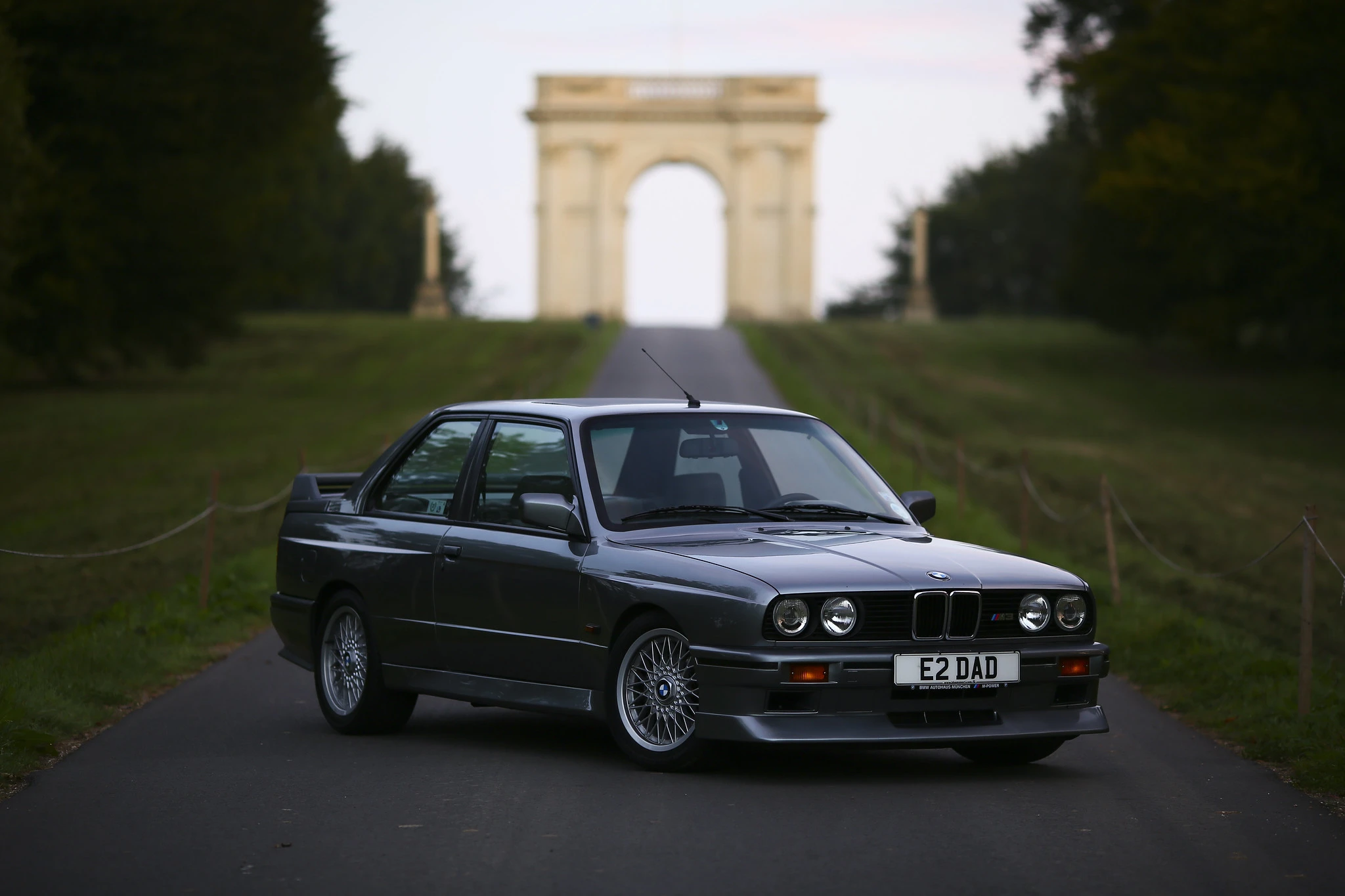
Coming in to take the crown, we have the E30 M3. This car is what started it all for the M3, and cemented its legacy in the car community from the start. As we stated in the introduction, the E30 M3 was originally introduced as a homologation special in order to satisfy requirements for entering into the Deutsche Tourenwagen Meisterschaft (DTM) and Group A Touring championships. The E30 M3 is outfitted with a 2.3 liter S14B23 inline-4 that makes 192 bhp and a 7,250 RPM redline. Not too bad for 1986, that’s for sure. This M3 was, and remains the only generation of M3 to feature a naturally-aspirated inline-4 engine.
Considering the fact that the E30 M3’s original intent was quite literally to be on a race track, we would be remiss to not mention at least some of its notable achievements in motorsport. The M3 had quite the hot streak in the late-eighties and early-nineties, having won the Nürburgring 24 Hours every year from 1989 to 1992, and in 1994. It also claimed victory at the 24 Hours of Spa in 1987, 1988, 1990, and 1992. On top of various touring car and endurance racing championships, the E30 M3 made a name for itself in the World Rally Championship in 1987 and 1989.
By now we can see that the E30 M3 is a car that is full of character and has such a rich history and tons of credibility to go along with it. However, for better or for worse, these cars are now easily worthy of being “collector status”. If you’re looking to pick one up, you need to be ready to pay north of $100,000 for one with low mileage. Higher mileage E30 M3s can definitely be had for somewhere in the ballpark of $60,000. This price tag is a major factor that explains why most E30 owners tend to opt for buying a non-M E30 (which can be had for MUCH cheaper) and building them into very potent track cars. However, nobody can deny that the experience of driving a real-deal E30 M3 just cannot be emulated.
Bonus: EU BMW E36 M3
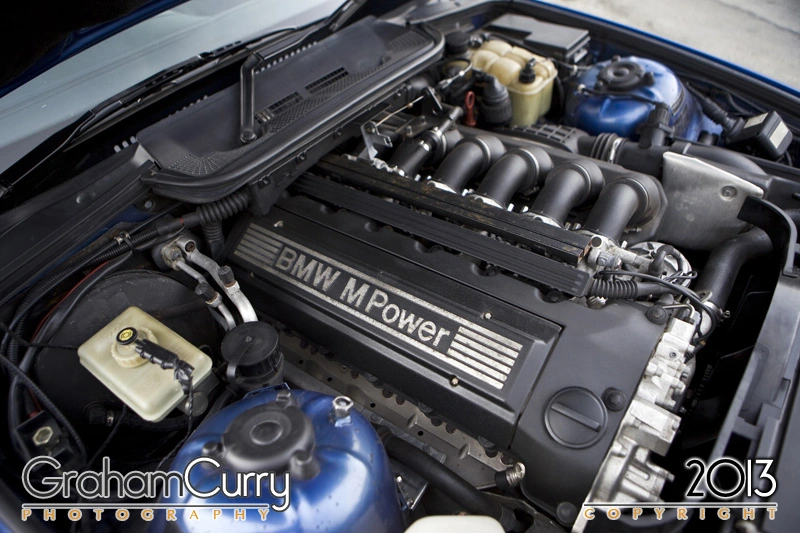
One very honorable mention for our list is the European version of the E36 M3. Here in the US, we received versions of the E36 M3 that can only be described as underwhelming. On the other hand, there were absolutely no punches held back in non-US markets, though. The pre-facelift non-US M3 came with a similar S50B30, but made more power (282 bhp vs 240 bhp) than the US variant. The real beast of an M3 came after the facelift in 1995, however. While the US and Canada received the S52B32 engine, that continued to make 240 bhp, other markets received the S50B32, which was still rooted in the M50 engine family that was being phased out. The S50B32 saw the M3s power increase to 316 bhp, the addition of double-VANOS, and a redline of 7,600 RPM.
The S50B32 fostered such a positive reputation for itself, that people started and continue to import them into the US to swap into cars. This has resulted in the prices for these engines skyrocketing, with them rarely showing up and commonly selling for close to $10,000. All while their US counterparts, the S50B30US and S52B32, are found selling for less than $2,000.
Conclusion
If you’re in the market for an M3, we promise you that you can’t really go wrong with any generation that you decide to go for. Each M3 definitely has its strengths as well as its weaknesses, so the best way to decide which one is right for you is to understand what you’re looking to get out of the car. Concerning money, you can generally compare M3s that fall within certain price brackets and make your decision based on your own priorities for the car.